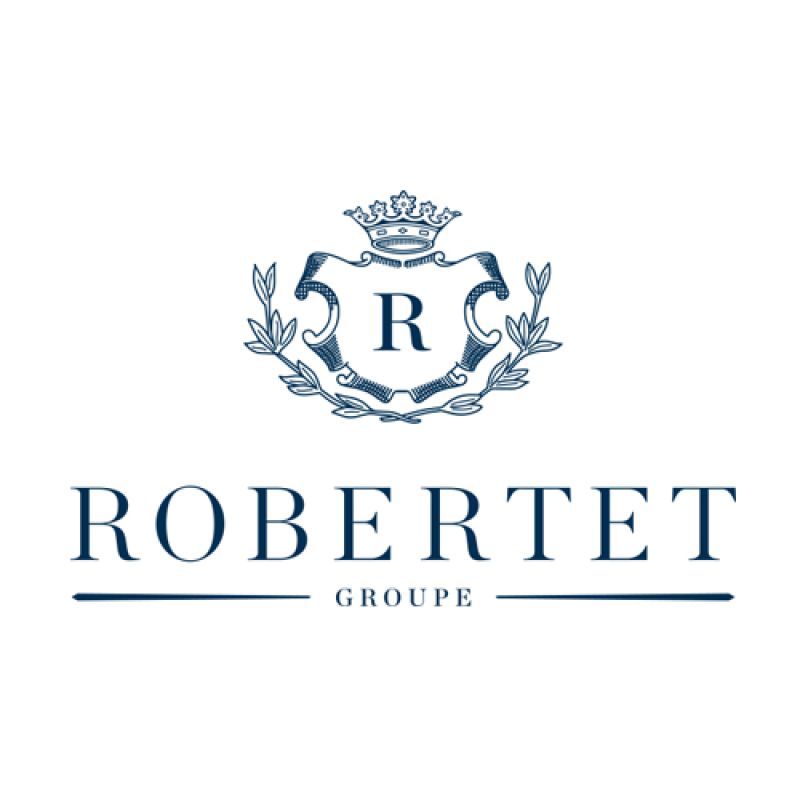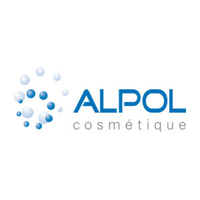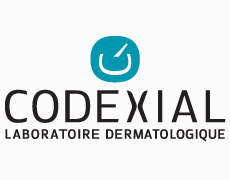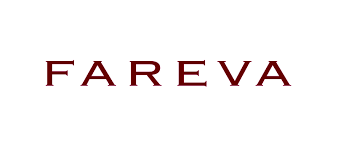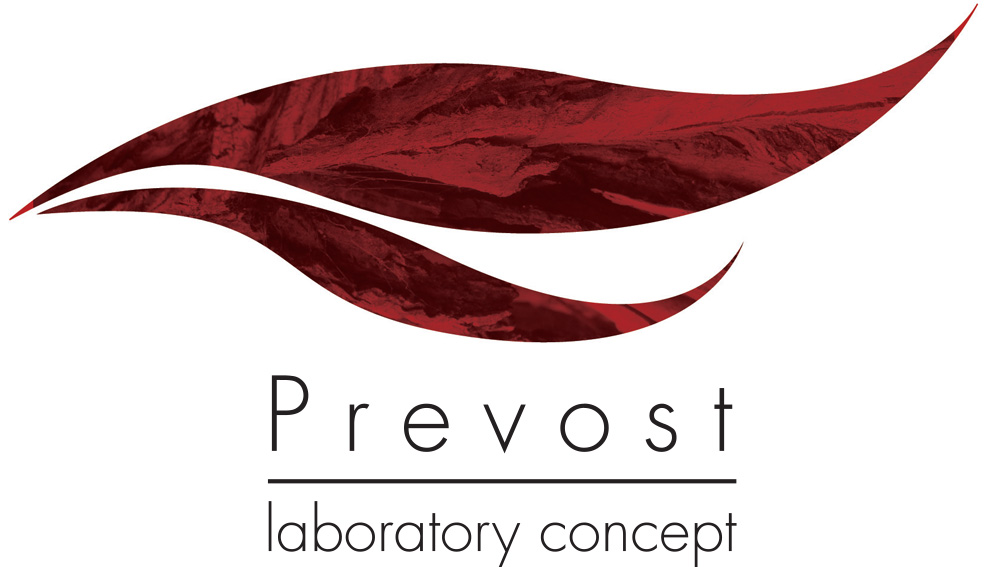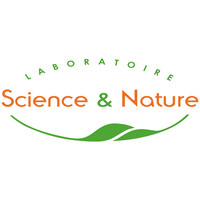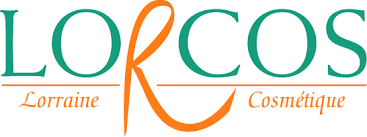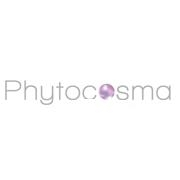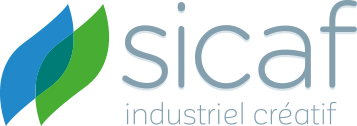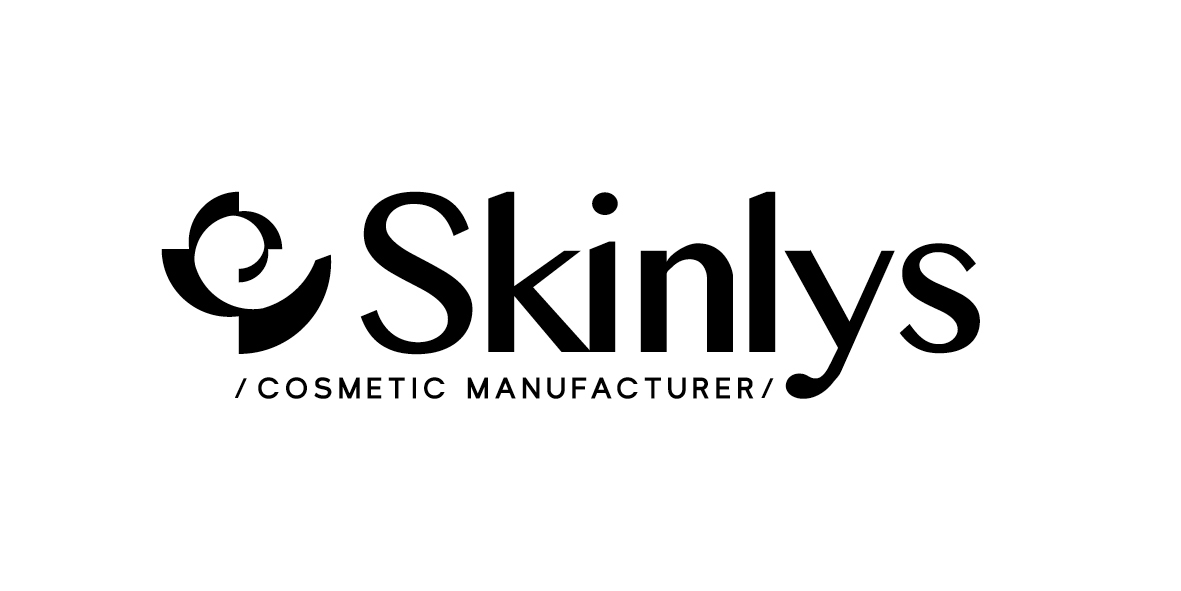Summary
The global cosmetics market has shown resilience and returned to growth following the impact of the Covid-19 pandemic in 2020, which led to a significant 17% drop in beauty product sales in France in the first half of the year. As the market recovers, the global cosmetics industry is estimated to be worth over $262 billion in 2022, with a forecast annual growth rate of 4.2% for the years ahead.
France occupies a strong position in this market, with a substantial trade surplus and major players such as L'Oréal, which participates in a concentrated market dominated by industry giants. The European cosmetics market, of which France is a major contributor, represents 22% of the world market.
The market is segmented into skin care, hair care, fragrances and make-up, with skin care leading the way. Innovations are driving the market, with the organic and men's cosmetics sectors showing dynamic growth, despite inflationary pressures on consumer prices. The French cosmetics market is particularly characterized by its fragmentation and the presence of a multitude of SMEs, which are adapting to changing consumer demand for more natural and organic products.
While in-store sales remain a primary channel for cosmetics purchases in France, online sales are gaining in importance, significantly influenced by beauty influencers and social platforms.
Dynamic trends and changing demand in the French cosmetics market
The French cosmetics market is renowned for its excellence and innovation, with leading companies such as L'Oréal and Yves-Rocher driving international demand, particularly from emerging economies such as India. This strong demand has enabled the market to remain dynamic and grow, despite intense competition and concentration between the major cosmetics giants that dominate the market. These giants must constantly innovate to meet the changing preferences of consumers, who are increasingly concerned about the environment and product transparency.
Growing consumer interest in organic and natural products has been a game-changer for the industry, forcing many manufacturers to introduce organic product lines into their product ranges. The market's agility in responding to trends has enabled it to maintain its competitive edge despite the negative effects of the Covid-19 crisis. In the first half of 2020, with sectors such as lipstick seeing a staggering 75% drop in sales in the first six months, and a 26% decline for the year as a whole. However, the French cosmetics market continues to show a positive trajectory, benefiting from a substantial trade surplus.
In Europe, the cosmetics market is worth around 80 billion euros, with France playing a leading role, particularly in the design and manufacture of skincare and make-up products. The sector is supported by a rich mosaic of over 1,000 companies, with France boasting the highest number of SMEs in the industry. These SMEs often occupy niche markets, such as organic and ethnic cosmetics.
Investment in innovation and modernization remains a priority for cosmetics manufacturers, whether they are large corporations or SME subcontractors. Cutting-edge R&D and production technologies are essential to maintain the pace of innovation and respond to changing consumer and retailer demand.
Cosmetics sales in traditional supermarkets and hypermarkets have declined, but these retail giants still hold almost half the market share of cosmetics sales. Online sales are growing, with a significant percentage of women buying beauty products over the Internet. The influence of social networks and beauty influencers is also changing purchasing behavior. Cosmetics prices, influenced by raw material costs and production expenses, have been trending upwards. However, prices for body care products are relatively stable, showing signs of market stabilization.
Pioneers and innovators: profiles of key players in the cosmetics industry landscape
The global cosmetics market is a dazzlingly diverse landscape, characterized by a fusion of traditional brands that have become household names and small, fast-growing pioneers, carving out unique niches in a dynamic industry.
In this mix of innovation and tradition, several players stand out for their significant impact, extensive reach and pioneering approaches to beauty and personal care.
- L'Oréal: With a heritage spanning more than a century, L'Oréal is an industry beacon, renowned for its extensive portfolio that caters to a myriad of beauty preferences and needs. As the world's largest cosmetics company, it stands out for its dedication to research and innovation, with an arsenal of over one hundred thousand beauty patents. L'Oréal's omnipresence in the market is reinforced by its commitment to sustainable development and technology, as evidenced by its acquisition of a stake in Debra.debut Biotech, a synthetic biology company at the forefront of the creation of environmentally-friendly, resource-saving products.
- Unilever: Another titan in the field, Unilever's beauty and personal care division boasts a vast array of brands that resonate with consumers worldwide. Strategic acquisitions and brand diversification have enabled Unilever to maintain a dominant presence in various segments, from high-end skincare lines to basic personal hygiene products.
- Procter & Gamble (P&G): P&G's influence in cosmetics is undeniable, with a long-standing reputation for quality and trust. The consumer goods giant has a sizeable market share thanks to its strong range of skin care, hair care and toiletry products, which remain consumer favorites.
- Yves-Rocher: Emblematic of the botanical beauty movement, Yves-Rocher upholds a strong ethic of natural ingredients and environmentally-friendly practices. With its roots in the heart of Brittany, France, the brand exemplifies the blend of tradition and modernity, offering a wide range of skincare and make-up products that echo the company's environmental conscience.
- Fareva: Less recognized by the public but certainly central to the industry, Fareva has strengthened its position on the international stage by offering a range of skincare and make-up products that reflect the company's environmental conscience
- Cosmetic Valley: Cosmetic Valley is the benchmark French cosmetics and perfume cluster in Europe and worldwide. Renowned as a hub of innovation, Cosmetic Valley is the world's leading resource for cosmetic expertise. It groups together 150 companies and 7,000 employees. This competitive cluster accelerates industry growth through its strong support for start-ups and its commitment to encouraging collaborative efforts in research and development.
to understand this market
Detailed content
 Inforamtion
Inforamtion
- Number of pages : 30 pages
- Format : Digital and PDF versions
- Last update : 06/06/2023
 Summary and extracts
Summary and extracts
1 Market overview
1.1 Presentation and definition
In France, cosmetic products are defined by article L.5131-1 of the French Public Health Code as "any product intended to be placed in contact with the superficial parts of the human body, with a view to cleaning, perfuming, modifying the appearance of, protecting, maintaining in good condition or correcting body odors ". This category therefore includes skincare products (moisturizers, anti-wrinkle creams, body moisturizers, etc.) and make-up products (foundations, powders, varnishes, mascaras, etc.).
France enjoys a significant competitive advantage in this market, with representative companies in the sector such as L'Oréal and Yves-Rocher exporting and benefiting from very dynamic demand in emerging countries such as India. However, the market is highly competitive and concentrated in the hands of a few cosmetics giants, who must constantly innovate and reinvent themselves to keep pace with changing consumer needs, and hinder the entry of a growing number of small, specialized players. Growing interest in issues such as the environment and transparency, with greater attention being paid to product origin, is enabling new entrants to position themselves on the market. As a result, many manufacturers are now offering organic products in response to strong demand in recent years.
With the Covid-19 crisis and pandemic-related restrictions (teleworking, wearing masks, etc.), sales of beauty products fell by around 17% over the first six months of 2020, with a different impact depending on the different market segments. [LCI] Hygiene-related products are up on 2019, while the lipstick market has suffered a 75% drop in sales over the first six months and 26% over the whole period. [LCI] However, the market now seems to be showing good momentum, with the global market set to grow by over 4% annually in the years ahead, and the French market enjoying a substantial trade surplus.
1.2 The global cosmetics market
The global cosmetics market is valued at over $*** billion in **** according to Grand View Research, and is expected to continue growing at an annual rate of *.*% in the years ahead. This gives us the following estimates:
World cosmetics market World, ****-****, in billions of dollars Source: Grand View Research * forecasts
Historically, ...
1.3 Europe, the world market leader
In ****, the European cosmetics market is estimated at ** billion euros. [***]
European cosmetics markets Europe, ****, in billions of euros Source: ****
The most buoyant segments in the European market are :
Skin care and toiletries Hair care Fragrance Make-up
The weights of these different segments are represented in the graph below, with the skin ...
1.4 France, a leader in European and global markets
The French cosmetics industry benefits from strong foreign demand. French cosmetics exports will reach $**.* billion by ****. Roughly three-quarters of the sector's exports will be for skincare and fragrances.
While French exports of cosmetics are destined for countries all over the world, exports to Asian markets are particularly strong exports to Asian ...
1.5 The impact of COVID-19 on the cosmetics market
Perfumes and color cosmetics have seen a sharp decline in ****, but overall demand for beauty products remains strong, as consumers turn instead to the skincare, hair care and personal care categories in ****, all of which are less disrupted by new Covid-** routines and lend themselves well to online discovery and purchase.gories ...
2 Demand analysis
2.1 Cosmetics consumption in France
Almost all women are consumers of cosmetics, which is not necessarily the case for men. Around **% of women say they have already used a common cosmetic product (***), while the penetration rate of cosmetics among men was only **% in ****. [***] Yet products for men are booming, as we'll see in the rest of ...
2.2 End consumers increasingly sensitive to product composition
Consumers are increasingly wary of the cosmetics and food industries, and are paying more and more attention to product quality and the sustainability of the value chain. The Yuka start-up responds to consumers' need for transparency by, for example, enabling cosmetics and food products to be scanned and classified according to ...
2.3 The development of "home-made" products
Alongside the trend for organic products, the fashion for "homemade" cosmetics is attracting more and more consumers, and represents a new threat to traditional players in the cosmetics industry [***]. numerous beauty blogs and YouTube channels promote this "Do It Yourself" practice, inviting users to master the manufacture of their own products ...
2.4 Men's cosmetics market on the rise
According to a report by Persistence Market Research, the global market for men's skin care products is expected to grow at a compound annual growth rate of *% between **** and ****. The following global estimates can be provided:
Evolution of the global men's cosmetics market World, ****-****, in millions of euros Source: ****
In ...
3 Market structure
3.1 A fragmented market with an international reputation
A dense industrial fabric fueled by an international reputation
France has a reputation for excellence in terms of know-how and product quality in the cosmetics production sector[***]
On the one hand, subsidiaries of major groups with large production sites and R&D centers, such as L'Oréal and Pierre Fabre, both ...
3.2 Specialized players bound by demanding specifications
In addition to the production subsidiaries of major groups, whose business is sustained and boosted by the brand's image, the many industrial cosmetics manufacturers who subcontract on behalf of the various brands and distributors are bound by ever more demanding, rapidly evolving specifications.in addition, the many industrial cosmetics manufacturers who ...
3.3 Investments in innovation and modernization of production tools
Whether they are subsidiaries of major groups or SME subcontractors for distributor companies, all market players, bound by the requirements mentioned above, logically focus their biggest investments on two key competitive factors:
Innovation and R&D, enabling them to offer a flexible, tailor-made product range, adapted to distributors' requirements and evolving ...
3.4 Cosmetics production
The costs
The cost of the cosmetic shapingprocess depends on a number of factors. The nature of the formula chosen is essential, since it will determine a series of factors influencing the price charged by the shaper:
The choice of raw materials; The choice of natural or organic products; The quality ...
3.5 A decline in cosmetics sales in supermarkets and hypermarkets, which remain the leading distribution channel
Distribution of finished cosmetics is generally handled by the customer, not the manufacturer.
To do this, cosmetics groups rely on several distribution segments, targeting distinct customer groups depending on the nature and range of their products. Supermarkets and hypermarkets (***) account for around half of cosmetics salesof cosmetics sales, offering a full ...
4 Offer analysis
4.1 The different categories of cosmetics
Cosmetics converting covers all the products traditionally associated with the sector. In fact, groups using subcontractors for their finishing activities do so indiscriminately for different types of products:
Skincare products (***), which include moisturizers, anti-wrinkle creams, suncare products, hand and foot creams and body moisturizers; Make-up, including eyeshadows, foundations, powders, nail polishes, ...
4.2 Innovations in cosmetics production
While the major cosmetics groups distinguish themselves by marketing top-of-the-range products, players in the shaping industry are trying to stand out by establishing themselves in niche markets, of which the following are a few examples:
The medical aesthetics sector
At a time when cosmetic surgery operations are costly and have recently ...
4.3 Consumer prices for cosmetics
With regard to the price of cosmetics in France more generally, the consumer price of beauty products has already been rising for several years according to Insee figures, and, like many consumer goods, has also undergone inflation in ****.
Consumer price index for cosmetics (***) France, ****-****, base *** in **** Source: ****
Consumer prices for ...
5 Regulations
5.1 Regulations governing products from manufacture to distribution
Pre-marketing regulations
These are detailed by :
The French National Agency for the Safety of Medicines (***) and health products; Regulation (***) n°****/**** of the European Parliament and Council of November **, **** on cosmetic products since July **, ****; The French Public Health Code (***).
Before a cosmetic product can be marketed, it must be able to meet ...
6 Positioning the players
6.1 Segmentation
The following segmentation of market players is used:
- Robertet
- Alkos Cosmétiques Groupe
- Alpol Cosmétiques
- Codexial Dermatologie
- Fareva
- Laboratoires Lebeau
- Laboratoires Prevost
- Laboratoire Science & Nature
- Lorcos
- Phytocosma
- SICAF
- Skinlys
- Technature
- Sephora
- Nocibé (Douglas Groupe)
- Marionnaud France
- Caudalie
- Pierre Fabre
- Galderma
- Weleda
- Revlon
- Rocher Groupe (Yves Rocher)
- Rituals Cosmetic
- Clarins Groupe
- Beiersdorf
- Berdoues
- Sisley
- Unbottled
- Rogé Cavaillès
- Cofatech
- Gilbert Groupe
- Aesop (L'Oréal groupe)
- Vabel Groupe - Sarbec Cosmetics
- La Prairie
- Anjac Health and Beauty
 List of charts
List of charts
- Annual growth rates for cosmetic products
- Market share of cosmetics by region
- Turnover of the most important players in the cosmetics market
- Global cosmetics market
- Number of SMEs in the cosmetics market by country
All our studies are available online in PDF format
Take a look at an example of our research on another market!
Latest news
Companies quoted in this study
This study contains a complete overview of the companies in the market, with the latest figures and news for each company. :
 Choosing this study means :
Choosing this study means :
Access to more than 35 hours of work
Our studies are the result of over 35 hours of research and analysis. Using our studies allows you to devote more time and added value to your projects.
Benefit from 6 years' experience and over 1,500 industry reports already produced
Our expertise enables us to produce comprehensive studies in all sectors, including niche and emerging markets.
Our know-how and methodology enable us to produce reports that offer unique value for money.
Access to several thousand articles and paid-for data
Businesscoot has access to all the paid economic press as well as exclusive databases to carry out its market research (over 30,000 articles and private sources).
To enhance our research, our analysts also use web indicators (semrush, trends, etc.) to identify market trends and company strategies. (Consult our paying sources)
Guaranteed support after your purchase
A team dedicated to after-sales service, to guarantee you a high level of satisfaction. +44 238 097 0676
A digital format designed for our users
Not only do you have access to a PDF, but also to a digital version designed for our customers. This version gives you access to sources, data in Excel format and graphics. The content of the study can therefore be easily retrieved and adapted for your specific needs.
 Our offers :
Our offers :
the cosmetics market | France
- What are the figures on the size and growth of the market?
- What is driving the growth of the market and its evolution?
- What is the positioning of companies in the value chain?
- Data from several dozen databases
Pack 5 études (-15%) France
- 5 études au prix de 75,6€HT par étude à choisir parmi nos 800 titres sur le catalogue France pendant 12 mois
- Conservez -15% sur les études supplémentaires achetées
- Choisissez le remboursement des crédits non consommés au terme des 12 mois (durée du pack)
Consultez les conditions du pack et de remboursement des crédits non consommés.





 Unbottled accelerates its store rollout - 13/04/2024
Unbottled accelerates its store rollout - 13/04/2024
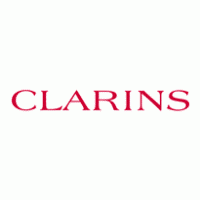 Luxury: the Clarins family invests in hotels - 27/02/2024
Luxury: the Clarins family invests in hotels - 27/02/2024
 Cosmetics: Technature boosts production capacity - 22/11/2023
Cosmetics: Technature boosts production capacity - 22/11/2023
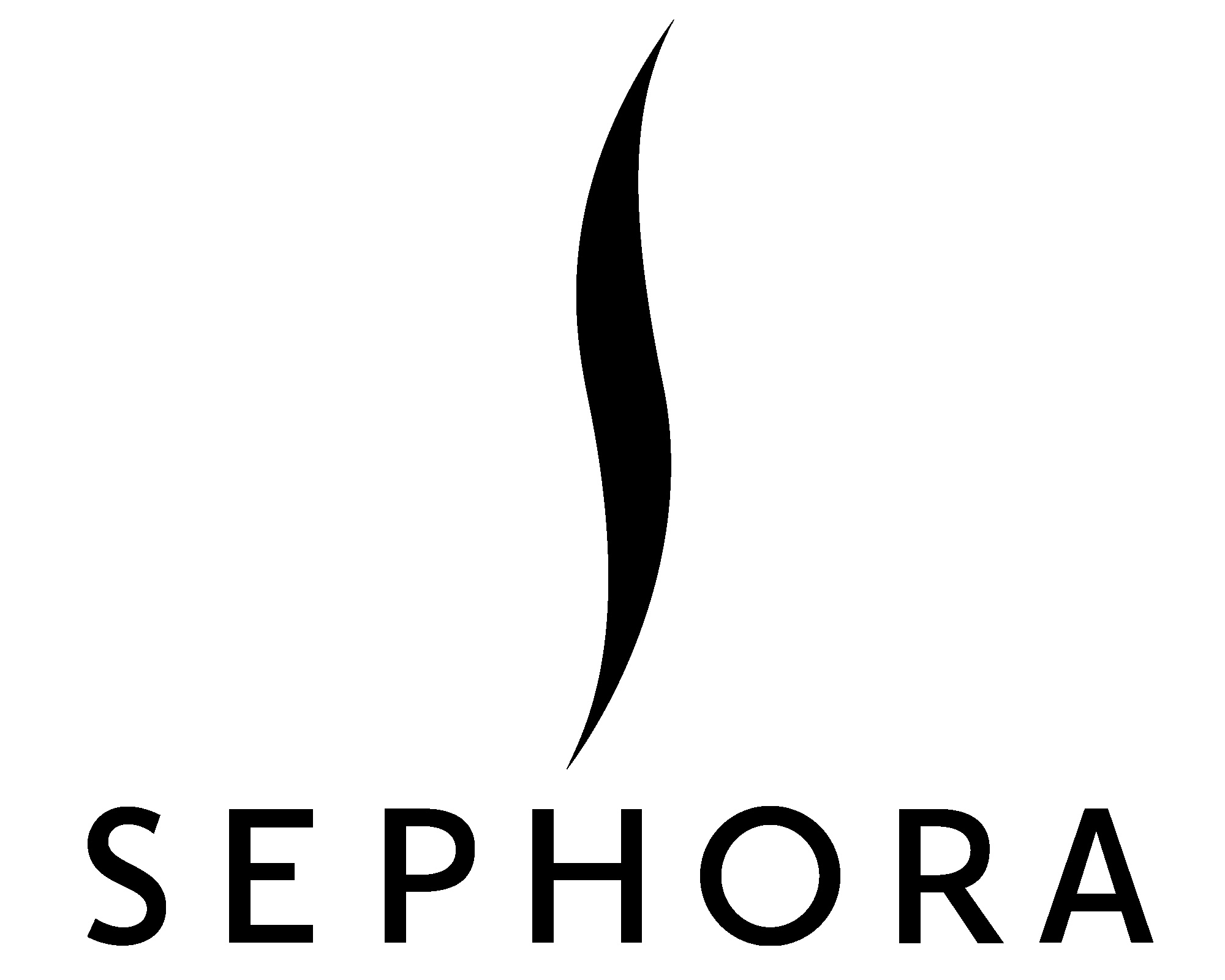 Sephora to rapidly increase sales from 12 to 20 billion euros - 23/10/2023
Sephora to rapidly increase sales from 12 to 20 billion euros - 23/10/2023
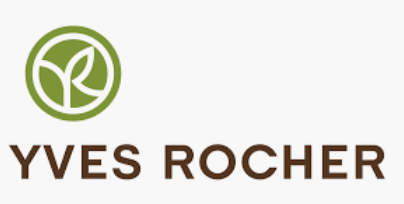 Yves Rocher seeks to sell its factory in Ploërmel, Morbihan - 27/09/2023
Yves Rocher seeks to sell its factory in Ploërmel, Morbihan - 27/09/2023
